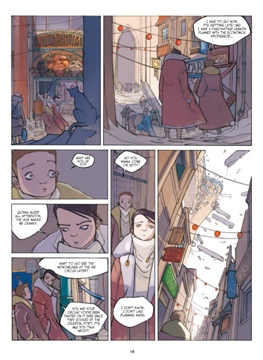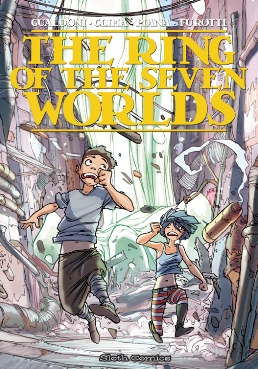Future Treasures: Women of Futures Past, edited by Kristine Kathryn Rusch
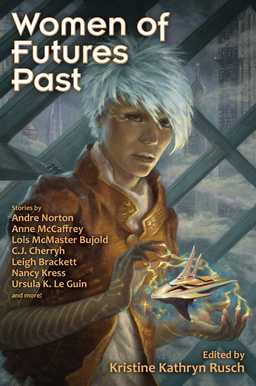 Baen is one of the few publishers still producing quality paperback anthologies — and indeed, they’ve had some excellent ones in the past few years. They look to continue that tradition next month with Women of Futures Past, edited by Kristine Kathryn Rusch, which contains 11 classic tales by Leigh Brackett, C.L. Moore, C.J. Cherryh, Pat Cadigan, Nancy Kress, James Tiptree, Jr., Ursula K. Le Guin, Connie Willis, Zenna Henderson, Anne McCaffrey, Lois McMaster Bujold, and Andre Norton.
Baen is one of the few publishers still producing quality paperback anthologies — and indeed, they’ve had some excellent ones in the past few years. They look to continue that tradition next month with Women of Futures Past, edited by Kristine Kathryn Rusch, which contains 11 classic tales by Leigh Brackett, C.L. Moore, C.J. Cherryh, Pat Cadigan, Nancy Kress, James Tiptree, Jr., Ursula K. Le Guin, Connie Willis, Zenna Henderson, Anne McCaffrey, Lois McMaster Bujold, and Andre Norton.
As usual, Baen offers some free content online, including Rusch’s introduction, and the first two stories. Here’s the complete Table of Contents, with links to the online content.
Introduction: Invisible Women by Kristine Kathryn Rusch
“The Indelible Kind“ by Zenna Henderson (The Magazine of Fantasy & Science Fiction, December 1968)
“The Smallest Dragonboy“ by Anne McCaffrey (Science Fiction Tales, 1973)
“Out of All Them Bright Stars” by Nancy Kress (The Magazine of Fantasy & Science Fiction, March, 1985)
“Angel” by Pat Cadigan (Isaac Asimov’s Science Fiction Magazine, June 1987)
“Cassandra” by C.J. Cherryh (The Magazine of Fantasy & Science Fiction, October 1978)
“Shambleau” by C.L. Moore (Weird Tales, November, 1933)
“The Last Days of Shandakor” by Leigh Brackett (Startling Stories, April 1952)
“All Cats Are Gray” by Andre Norton (Fantastic Universe, August/September 1953)
“Aftermaths” by Lois McMaster Bujold (Far Frontiers: The Paperback Magazine of Science Fiction and Speculative Fact, Volume V, Spring 1986)
“The Last Flight of Doctor Ain” by James Tiptree, Jr. (Galaxy, March 1969)
“Sur” by Ursula K. Le Guin (The New Yorker, February 1, 1982)
“Fire Watch” by Connie Willis (Asimov’s Science Fiction Magazine, February 15, 1982)
And here’s the complete description.
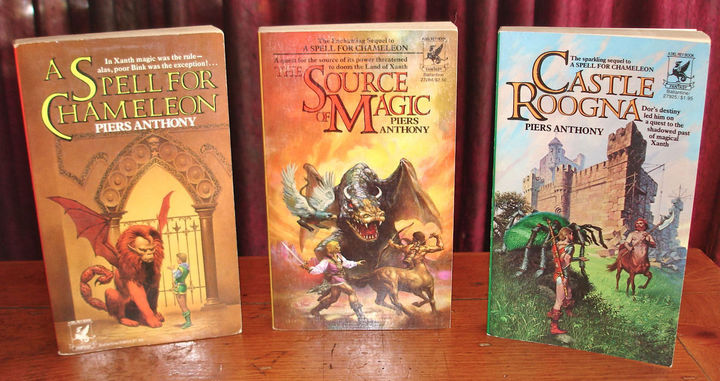
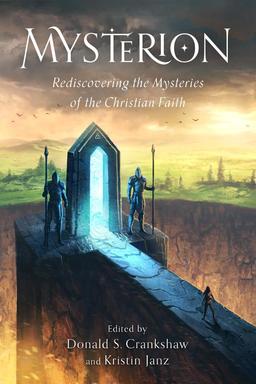
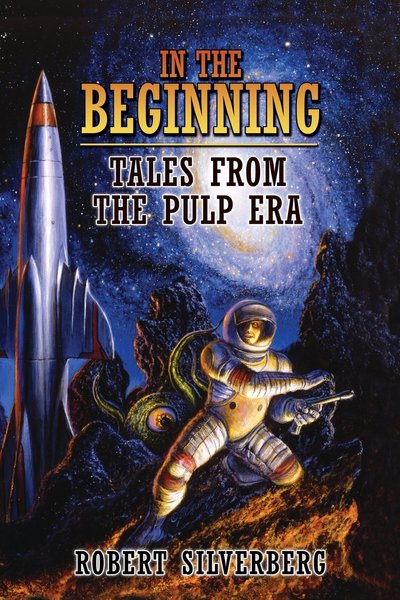
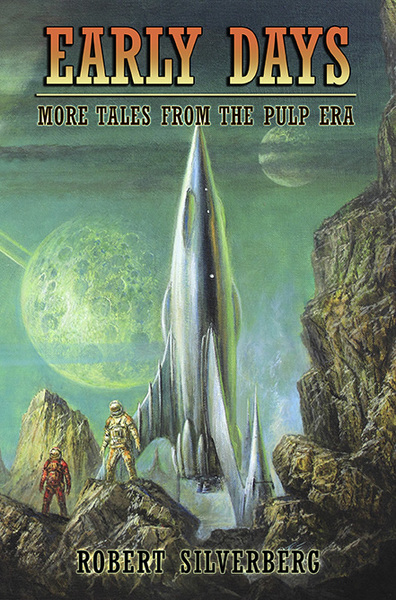
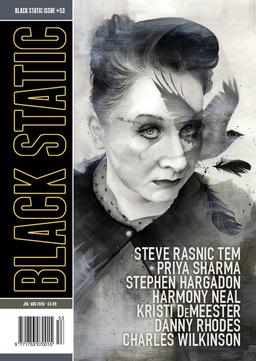
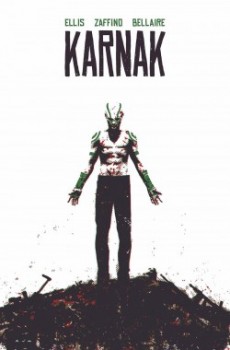
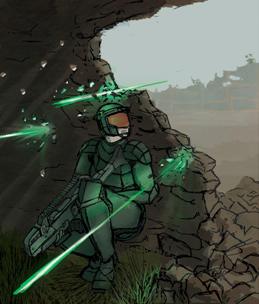

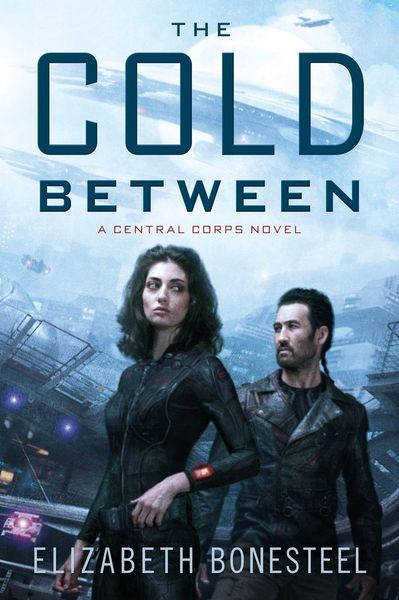
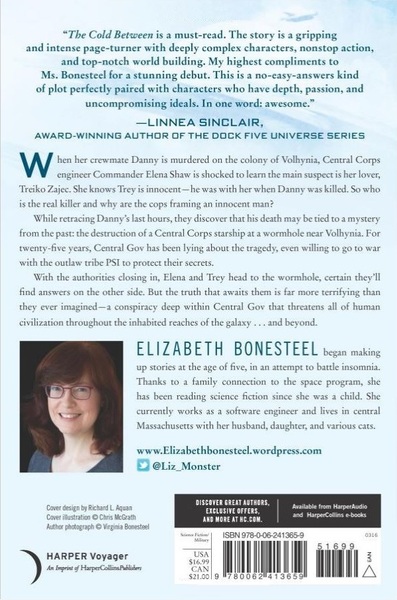
 As I’ve said before, sometimes the movies I see at Fantasia on a given day have a common theme. And sometimes they don’t, however much it might look like they ought to. On Wednesday, July 20, I’d go downtown to the Hall Theatre to watch an oddity: a restored Japanese propaganda cartoon from World War II, Momotaro, Sacred Sailors (Momotaro, Umi No Shinpei). Then I planned to head across the street to the De Sève and watch an independent American horror film, The Alchemist Cookbook. I hoped to make it back to the Hall after that in time to watch the second in a series of Japanese science-fiction action movies, Library Wars: The Last Mission (Toshokan Sanso: The Last Mission). It looked like a packed day, and I wondered how the movies would play off of each other.
As I’ve said before, sometimes the movies I see at Fantasia on a given day have a common theme. And sometimes they don’t, however much it might look like they ought to. On Wednesday, July 20, I’d go downtown to the Hall Theatre to watch an oddity: a restored Japanese propaganda cartoon from World War II, Momotaro, Sacred Sailors (Momotaro, Umi No Shinpei). Then I planned to head across the street to the De Sève and watch an independent American horror film, The Alchemist Cookbook. I hoped to make it back to the Hall after that in time to watch the second in a series of Japanese science-fiction action movies, Library Wars: The Last Mission (Toshokan Sanso: The Last Mission). It looked like a packed day, and I wondered how the movies would play off of each other.